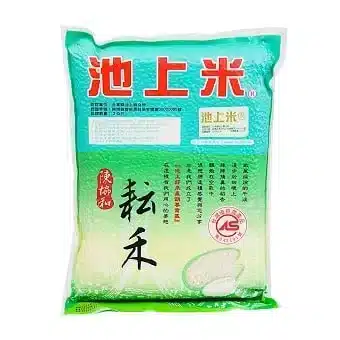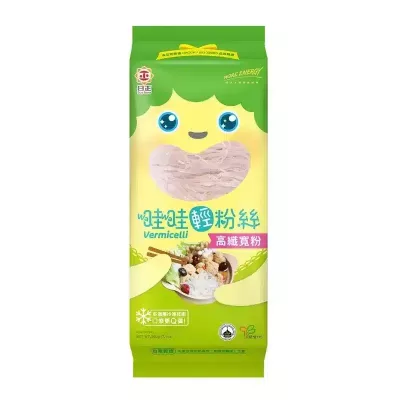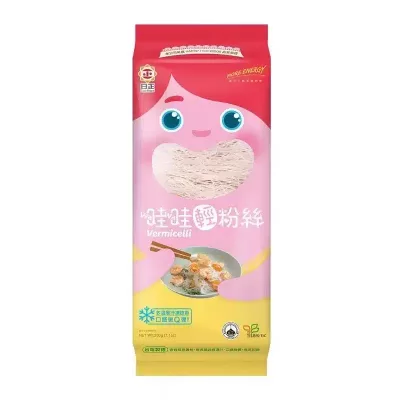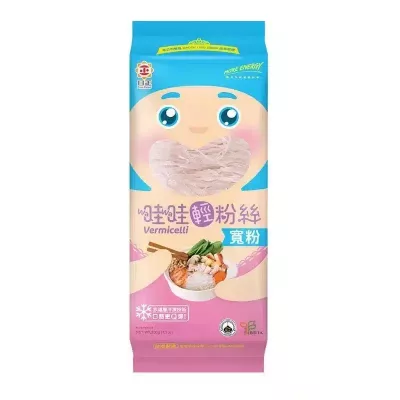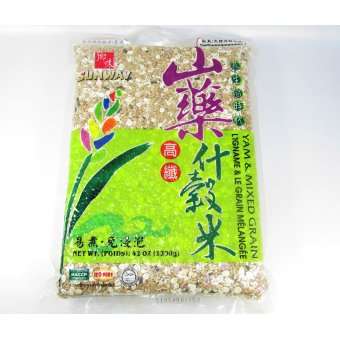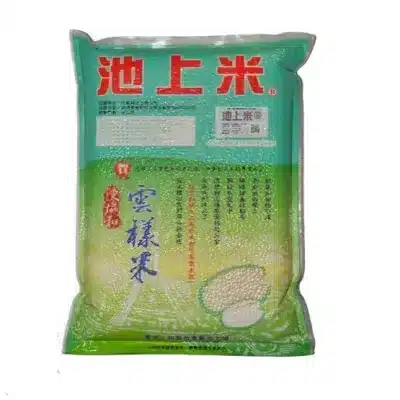Rice
Rice is one of the staple foods in Asia, so much so that in some cultures, the very word “rice” is used synonymously with “food” or “meal”. Across Asia, there are numerous types of rice such as Basmati, Japonica, Indica, Jasmine and Brown rice. Each possesses their own characteristics in texture, size, taste and a unique story to tell. These rice varieties play an important role in bringing specific flavours and aromas to specific dishes.
Showing all 10 results
-
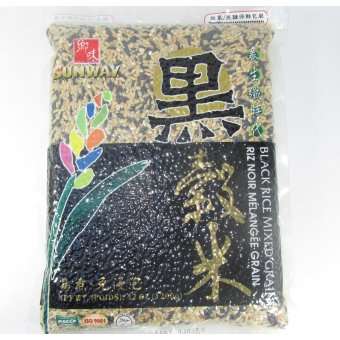
Black Rice Mixed Grains 1.2kg – Box of 12 – (BBD:24/04/2026)
£84.97 SKU: 43SW03B12Add to cart -
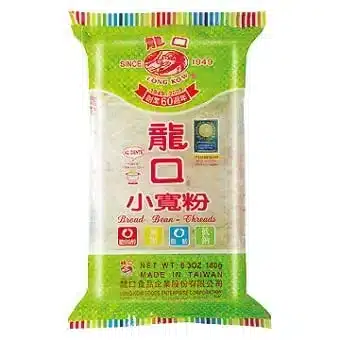
Broad Bean Threads 180g – Box of 20 – (BBD:0)
£55.14 SKU: 33LK02B20
Out of Stock -
Sale!
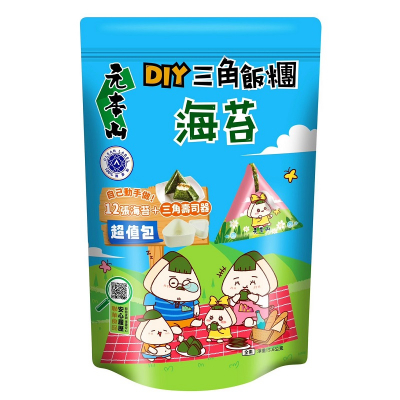
Motomotoyama Seaweed DIY Box – Box of 12 – (BBD:02/10/2025)
Original price was: £64.60.£32.30Current price is: £32.30. SKU: 51LH21B12Add to cart -
Sale!
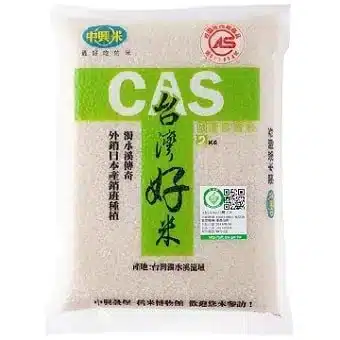
Taiwan CAS Rice 2kg – Box of 8 – 15% Discount (BBD:15/08/2025)
Original price was: £69.52.£59.09Current price is: £59.09. SKU: 43UR01B8Add to cart -
Taiwan Premium Rice 2kg – Box of 10 – (BBD:30/09/2025)
£111.10 SKU: 43CS01B10Add to cart -
Wawa High Fibre Vermicelli – Box of 24 – (BBD:03/01/2026)
£79.65 SKU: 33SU03B24Add to cart -
Wawa Vermicelli – Box of 24 – (BBD:21/12/2025)
£79.65 SKU: 33SU01B24Add to cart -
Wawa Wide Vermicelli – Box of 24 – (BBD:31/10/2025)
£79.65 SKU: 33SU02B24Add to cart -
Yam & Mixed Grains 1.2kg – Box of 12 – (BBD:24/04/2026)
£84.97 SKU: 43SW04B12Add to cart -
Yuan Yang Rice 4kg – Box of 6 – (BBD:29/11/2025)
£115.90 SKU: 43CS03B6Add to cart
What is Asian rice:
There are three main categories of Asian rice which are Japonica, Indica and Aromatic rice. Japonica rice is short/medium grain and is known for its sticky and glutinous texture and is mostly eaten in East Asian countries and is prominent in Japanese dishes such as sushi and onigiri. Indica rice has longer grains and is popular in South Asian countries for dishes such as Biriyani and Piraf. Lastly, the Aromatic rice is known for its fragrances and earthy undertone and is used in Southeast Asian cuisines for example Jasmine rice is used in Thai Green Curry and Taiwanese fried rice.
What makes Asian rice different:
One of the qualities that distinguish Asian rice from others is its fluffiness and slight stickiness. The subtle sweetness of Asian rice provides a backdrop for the diverse flavours of Asian cuisine and enhances the overall harmonisation of ingredients. Asian rice is versatile in the way that it can be cooked to suit people’s preferences and the different types cater to a diverse range of dishes. For example, rice is used in congee as well as sticky rice, which is eaten with side dishes as well as in desserts such as Mango Sticky Rice.
Asian rice dishes:
Lu Rou Fan
One classic Taiwanese dish is the Taiwanese braised pork rice bowl called “Lu Rou Fan”. The foundation of the dish is the bed of fluffy rice with the addition of braised pork in a sauce that is rich in taste. As a final touch, a boiled egg is added to the dish to contrast the savoury pork taste which elevates the entire experience.
Din Tai Fung fried rice
This is a very trendy well-seasoned rice recipe which is simple but also very flavourful. Leftover rice works best for fried rice as it is more dry due to the grains being tightened overnight which prevents the rice from being mushy when fried. The flavours are derived from soy sauce, sugar, salt, pepper and a generous amount of oil. You can include chicken, pork or shrimp for added protein.
Taiwanese sticky rice
In Taiwan, this dish is often given as a gift for celebrating a new born’s full moon event. The key to this recipe is the chewy rice which is then coated with a savoury sauce. Achieving the essential “stickiness” involves soaking the rice for at least 3 hours or overnight. This is to stop the rice from being soggy and ensure you get the desirable sticky texture. Another thing to be aware of is when you add water into your rice cooker, do not add it all at once as it can make the consistency too soupy.
Quality of Taipec’s rice:
Our rice is grown in optimal conditions with sufficient sunlight, fresh air and unpolluted soil. This ensures that our rice has a good aroma, perfect texture and is of top quality.
How to cook Asian rice the right way:
1. First off, you are going to rinse the rice with cold water, drain the water and repeat this one to three times. Many believe the rice does not have to be washed as it is going to be cooked anyway but if you want to cook it the true Asian way, don’t be lazy and wash your rice! The obvious reason for this is to remove the debris but what you might not know is that washing it removes the excess starch and makes the rice more fluffy once cooked.
2. The most common ratio of rice to water is simply 1:1 but the ideal ratio will depend on what type of rice you are cooking. Another method widely used in Asian households is called the knuckle method. Like the name suggests, you point your index finger downwards and pour water until it reaches your first knuckle. This is not as accurate as using a cup but is useful to know for when you become more familiar with cooking your own rice.
3. Press the start button and wait until it is finished without opening the lid. Once the rice cooker signals that it is done, wait for another 10 minutes to let the rice steam and evaporate its moisture.
4. Fluff the rice by stirring it in a sideways motion using the rice paddle and enjoy your rice either alone or alongside your preferred protein source.

